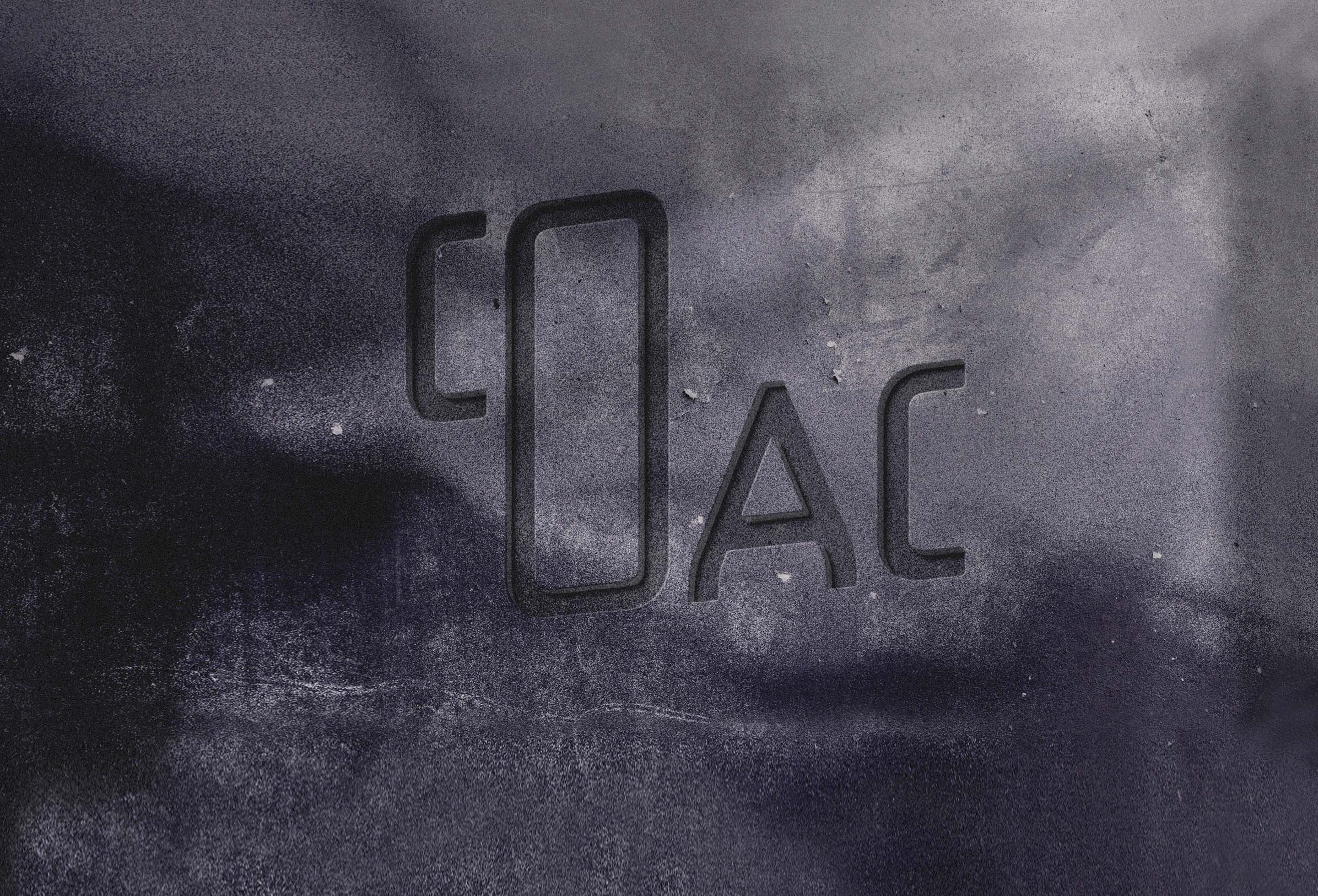Brand
Diagnosis

We analyze the consistency of the brand across all channels, as well as its relationship with consumers, competitors and the market. The objective is to detect where the brand is, and to identify its current and future obstacles and opportunities.

Why do we
need one?
The brand diagnosis helps to get an overview of the brand's health and gives us an idea of its ability to take on the challenges it will face in the long term. Knowing this information inspires and motivates brands to anticipate potential obstacles, and become a driver of innovation and added value for your industry and for society.
What does it
consist of?
1
Brand Health
Just like a doctor, we check the health of the brand by observing and measuring various parameters and indicators against the target: the level of spontaneous and suggested recall of the brand by the target audience, the perception of the brand through qualitative and quantitative research, and the level of Brand Value. The Brand Value measures the health of the brand at three different levels: awareness (the target audience knows the brand), consideration (when they need a product present in the brand's product portfolio, they think of it as an option/range of possibilities), and preference (they prefer it to the other brands they have considered).

2
Product analysis
Analysis of the functional aspects of the product or service offered: if it stands out from the competition, if it has advantageous or superior differential aspects, if it needs innovation and development... We analyze the experience of using the product or service to offer fully adapted and personalized recommendations.

3
Competitor analysis
Examination of the brand’s competitive environment, its competitors’ advantages, opportunities detected for the brand, interesting communicative spaces that are not covered/occupied by any brand and allow room for innovation...

4
Market analysis
Knowing the market trends and the point in the life cycle of a certain sector or product is vital for any brand that wants to stay alive in the long term. In this phase, we investigate the external and internal factors that could positively or negatively affect a market or sector.

5
Target audience analysis
The target audience is the linchpin of any brand strategy. It is the key figure upon whom the survival of a brand depends. It is a fundamental step to know their values, drivers and consumption barriers, trends, and whether there are unmet needs, fears to appease, experiences to take advantage of... In short, truths that support our brand strategy and provide them with value.

6
Lessons or diagnosis
Once we have carried out all these prior steps, we obtain a large amount of leassons or insights to interrelate in order to devise a brand strategy that is profitable in the long term, that offers a differential product, a unique brand experience, or that is based on values that are beneficial to consumers.

FAQS
-
What is a diagnosis?
The diagnostic phase of any research is the analysis stage, be it internal or external, and gathers as many insights or lessons as possible about a given object of research. In the case of brands, we investigate their sector, their competition, their composition, their audience, etc.
-
How do we conduct a brand analysis?
As brands are concepts and ideas and are not tangible, we try to analyze them extensively and from all possible perspectives: communication (messages, creative territories, values, communicative resources), competition (naming, market share, sales, brand equity), product (functional advantages, market opportunities, demand, etc.) and market (trends, expansion or contraction, opportunities...).
-
What is the aim of corporate branding?
The objective of corporate branding is to build a brand prepared for the present and the future, one that responds to the functional, emotional or social needs of its target audiences, and turns them into brand-lovers.
-
How is a product diagnosis performed?
First, we identify the competition (benchmark), then we analyze the main functional elements of their product or service and how it compares to the brand for which we are carrying out this phase of the diagnosis, and we investigate the needs, barriers and consumption drivers that move the target audience to consume it. In this way, we can diagnose whether we meet the minimum requirements of the category, if we are below or if we stand out in some functional or experiential aspect of the product or service.
-
What is branding and what elements does it work?
A branding strategy is a long-term planning that considers all aspects (external and internal, owned and paid) that a company must manage to build its brand. It works on elements such as: brand personality, colour codes, product design, logo design, naming, the main concept to communicate, the consumer insight to which it intends to respond, the tone of voice used in its communications, values to be transmitted, visual references, emotions we want to provoke, brand purpose, etc.
Let's talk
Together,we cancreatesomethingextraordinary
We will collaborate to find the right answer and bring progress to your business and to the world.













